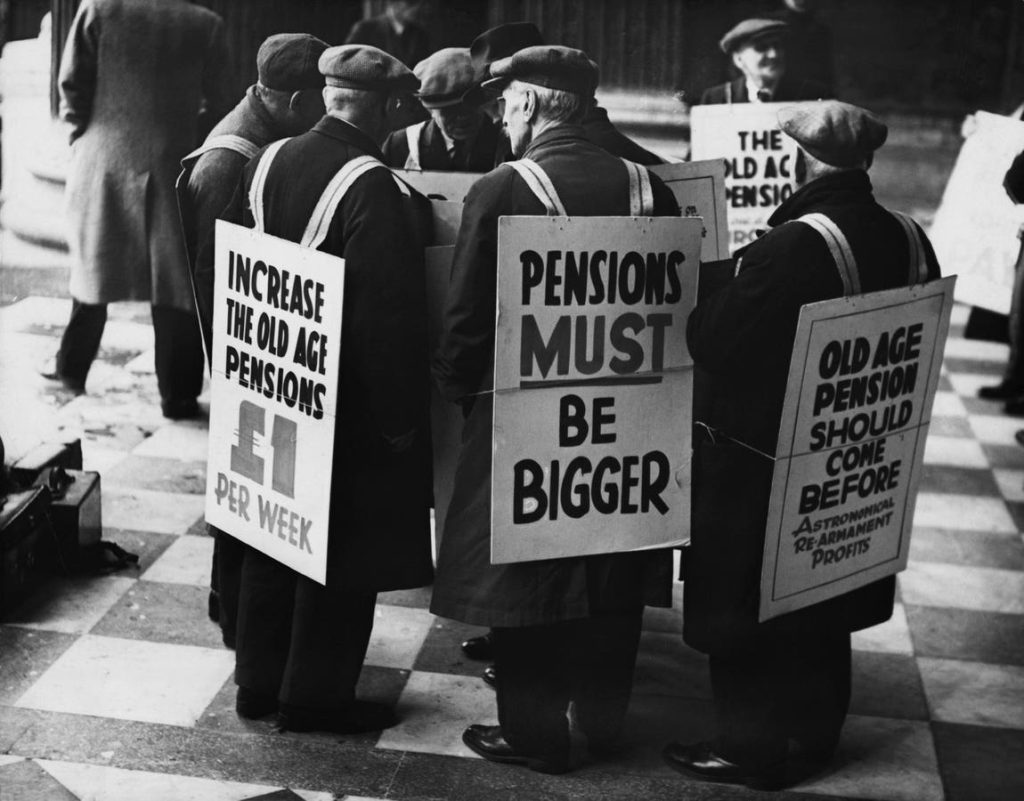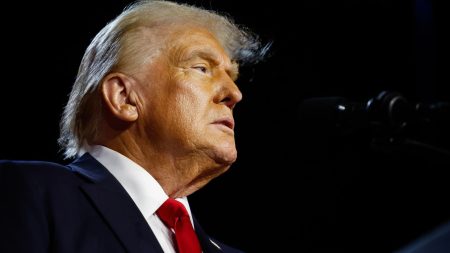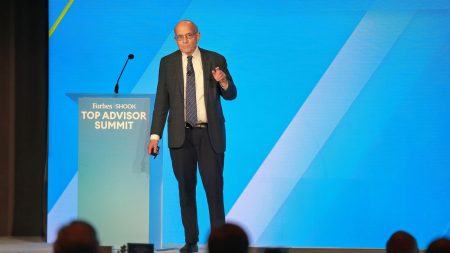The 401(K) retirement plan — initially a tool to help people save additional money — has been instrumental in displacing the defined benefit plan.
Although I’ve run into people who claim that isn’t the case, companies largely like to close up their defined benefit plans because they cost a lot of money to fund and sit on their balance sheets, which investors dislike. The plans need capital that companies could otherwise invest into their businesses or give to shareholders.
From 1980 to 2008, the percentage of workers who had access to defined benefit plans dropped from 38% to 20%, according to the Social Security Administration. By 2023, it was down to 15% across all industries, as noted by the Bureau of Labor Statistics.
For most everyone, at best, it’s a 401(K) program. Typically, the employee puts money into the account out of their wages. The employer contributes a certain percentage as well. The investment giant Vanguard studied the practices and found that two-thirds of employers’ plans “exacerbate pay inequity, with 44% of contributions “accruing to the top 20% of earners.” Many commonly used formulas “disproportionately benefit higher-income employees.”
This shouldn’t be surprising. When contributions are made based
One of the reasons for the inequity is that employees who don’t take full advantage of the program effectively work for less than peers who do use the programs. This is true even among employees with similar incomes.
Furthermore, there is a question of whether 401(K) plans are typically efficient. But there is little variation in how much employees save even with different levels of employer matching. “The majority (59%) of employer contributions accrue to the 41% of employees who save more than the match cap, suggesting they would have saved just as much without the match.”
The inequitable results occur in each income segment. Even among the lowest-paid group, 70% of employer dollars go to a third of the participants.
Dollar-cap match formulas are more equitable in the distribution of employer contributions, but these are used in only 4% of plans. Under those plans, employers can place a dollar match cap that is below the maximum contribution by law. “For example, a plan may offer a 10% match on 6% of pay, subject to a dollar cap of $6,000,” Vanguard wrote. “Dollar caps were more common 15–20 years ago, accounting for 28% of plans in 2005. Dollar cap formulas vary by the match formula that undergirds them as well as the value of the cap.”
So, the formulas are off, and people don’t save enough. It does make sense that if a company is matching the dollars someone saves, those with more to save are likely to get more as a result. But the way the employers conduct the contribution business also has significant repercussions. The top 20% of earners get 11% larger shares of employer contributions. Unfortunately, the bottom quintile gets a 29% smaller share.
Even as employer plans and employee participation affect the results, so do policy-level decisions. “Many common match formulas, including safe harbor designs, disproportionately benefit higher-income employees, who can and already do save the most.”
While employees do need to put increased emphasis on savings, employers and government officials also need to reconsider how they approach what they’re doing.
Read the full article here










